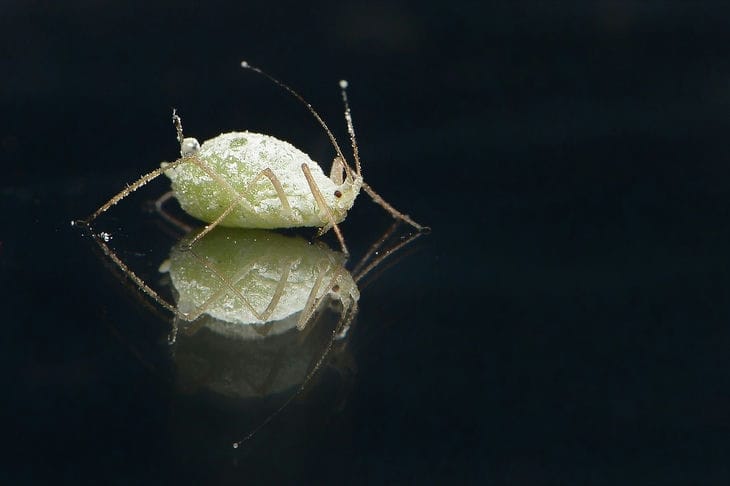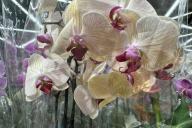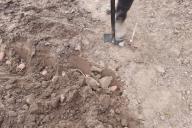Any amateur gardener who looks after his dacha encounters various pests that harm the vegetable garden and orchard, spoiling the appearance of the plants.
One of such garden pests that causes great damage to the crop is aphid. Aphids are small insects that seem harmless, but they are not.
Aphids settle on the underside of leaves or on young shoots of plants, sucking out the juice from them and leaving traces of their waste products, which attract other insects - ants, flies, bees and wasps.
The coating that covers the leaves is called honeydew or its other name is honeydew. Any summer resident is interested in how to deal with aphids.
There are several ways to combat aphids. One of them is to wash the aphids with a stream of cold water, which numbs them, which makes it possible to wash them off the plants as much as possible. This method is called mechanical.

Aphids on indoor plants
How to fight aphids using the biological method? For this method, small birds (tits, warblers, wrens, sparrows) and other insects (hoverflies, ladybugs, earwigs, lacewings) that feed on aphids are used. To attract birds to your garden, it is enough to organize feeders and birdhouses for them.
To attract aphid-eating insects, you need to sow fennel, carrots, parsley, dill or mustard in the area, and also add wood shavings to flower pots.
If you want to protect any specific plants, you should plant them away from those plants that aphids love.
These are nasturtium, cosmos, poppy, linden, viburnum, etc. Aphids spend part of their lives on secondary plants such as chamomile, chrysanthemum, thistle, water lily, chicory, horse sorrel and others.
If the aphids are only on the main plant, without the ability to move to the secondary plant, then they will not be able to reproduce and in winter the adult insects and their larvae will die.
The next method is technological. Its essence lies in planting plants that have aphid-repellent properties near crops that are susceptible to aphid attacks. Garlic, onions and Dalmatian chamomile have such properties.
But the above mentioned means are not always enough to fight aphids. Then it is necessary to use chemical means.
The first treatment should be carried out in early spring, before the buds begin to open. For this, use a solution of Preparation C-30 (300-400 ml per 10 l of water) and a solution of kerosene-soap emulsion.
To prepare such a solution, you need to add 40 g of any soap and 80 g of kerosene to a small amount of heated water. Stir the resulting mixture, let it stand, and then bring the resulting solution to 10 liters with water.
The second treatment should be carried out when the buds are just beginning to open.
For this purpose, chemical agents such as Karbofos, Kinmiks, Inta-Vir, and Sharpei are used.
A solution for spraying is prepared from these preparations with concentrations indicated in the instructions for them. The third treatment is carried out in the budding phase with the same chemicals as in the second treatment.
The preparations are alternated to avoid addiction to them. If you find aphids again during the summer period, the chemical treatment should be repeated.
Earlier we talked about how to feed grapes in June.








